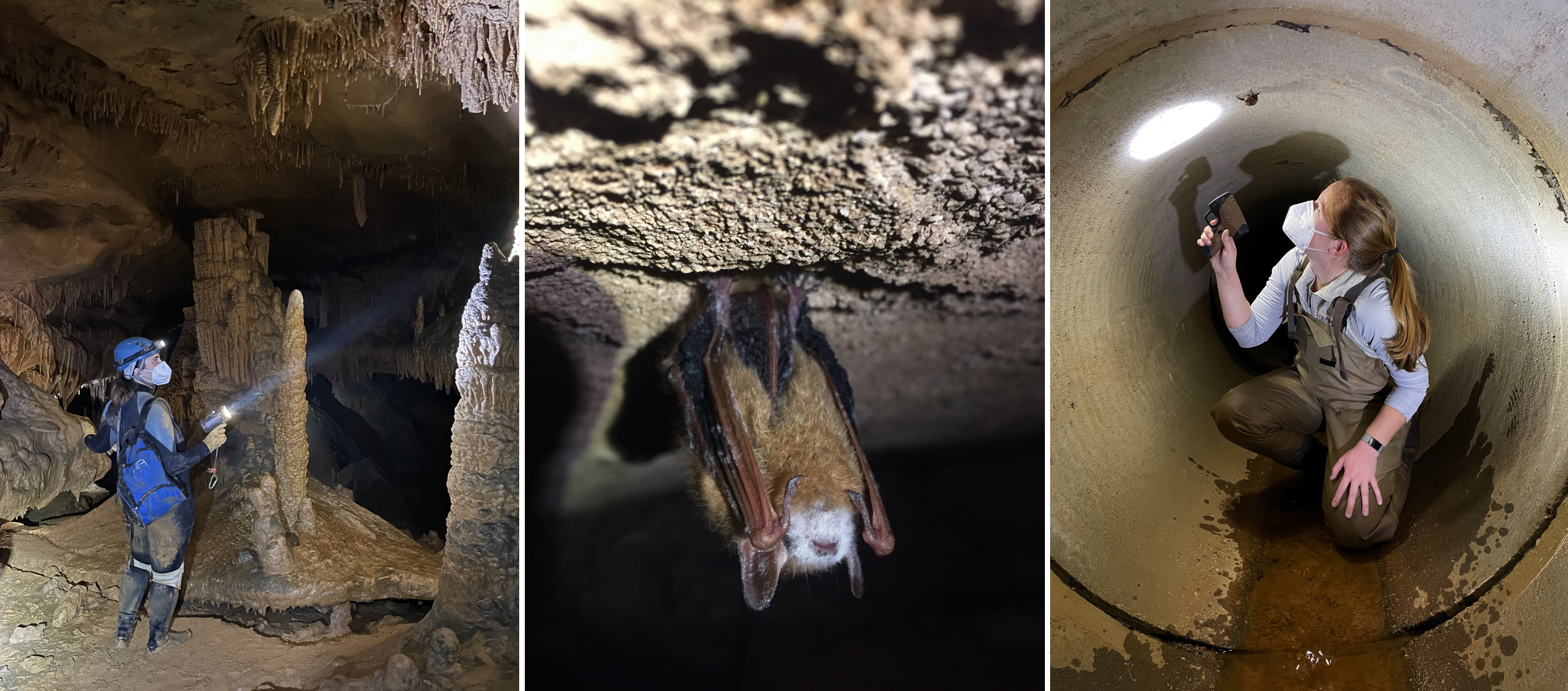nongame
Out My Backdoor: Native Plants for Fall Migrants
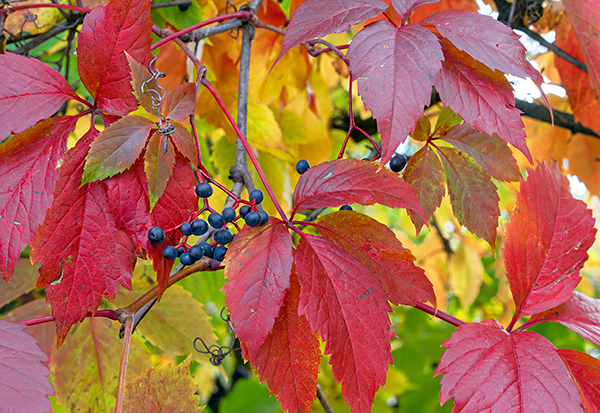
By Terry W. Johnson
Attracting songbirds on their fall migration to your backyard is always a challenge. Some folks have limited success feeding them fruit. However, if you want to host a wide variety of these migrants, you need to offer them a bountiful supply of native fruits and berries.
Out My Backdoor: Eva’s Impact on Conservation

By Terry W. Johnson
On a hot summer day in 1990, during the dedication of the office of the Georgia Department of Natural Resources’ fledgling Nongame-Endangered Wildlife Program, I overheard a dignitary in the audience say to the person beside him, "I give the program three years before it folds."
Bat Roost Monitoring
Georgia DNR is looking for your help to monitor summer bat roosts across the state. This project involves counting bats exiting roosts at sunset. Think you can help? Keep reading!
NEW this season. We have removed our counting season windows. Feel free to count your bat roost as many times as you like each season! We’re trying to learn more about our bats activity periods so more counts will help.
Bats may use a variety of structures for roosting, both man-made and natural. Here are some examples:
Out My Backdoor: The Eastern Mole
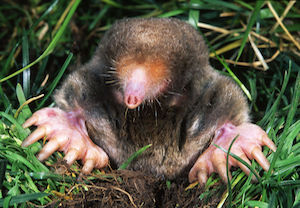
By Terry W. Johnson
State Wildlife Action Plan
Georgia’s State Wildlife Action Plan is a statewide strategy to conserve populations of native wildlife species and the natural habitats they need before these animals, plants and places become rarer and more costly to conserve or restore.
Manatee Recovery
The West Indian manatee (Trichechus manatus), one of only four species of sirenians that exist in the world, is the only member of the order Sirenia that lives in the United States. Large seal-shaped creatures with flippers as forelimbs and paddle-like rounded tails, manatees average 10 feet in length and 1,000–2,500 lbs in weight as adults. These slow-moving creatures, also known as "sea cows." spend most of their time eating, resting or traveling in the rivers, estuaries, saltwater bays, creeks and canals along the coast.
The Bald Eagle in Georgia
Population History & Methods
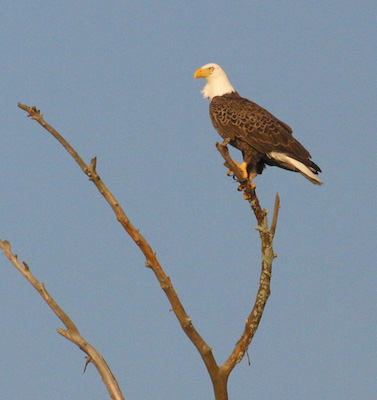
In the early part of the twentieth century, bald eagles commonly nested along Georgia’s coast and in the Okefenokee Swamp. Occasionally, they nested elsewhere in the state, likely in major river swamps and depressional pond and wetland systems in the Coastal Plain.
Golden Eagle Tracking
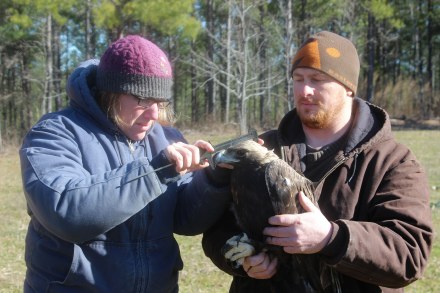 The DNR Wildlife Conservation Section is part of a regional project exploring migration routes and habitat use of golden eagles in the eastern U.S.
The DNR Wildlife Conservation Section is part of a regional project exploring migration routes and habitat use of golden eagles in the eastern U.S.
Snake Information & Resources
Snakes of Georgia
Snakes are common across Georgia, even in urban and suburban areas. As development and population growth continue in Georgia, encounters between humans and snakes will increase.
Snakes are economically beneficial because they eat rats, mice, and other animals deemed to be pests. Some snakes have been used as bioindicators to assess pollutants in terrestrial or aquatic ecosystems.
 An official website of the State of Georgia.
An official website of the State of Georgia.

